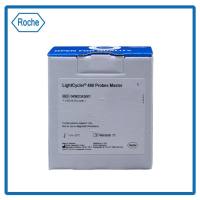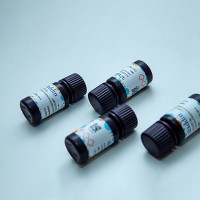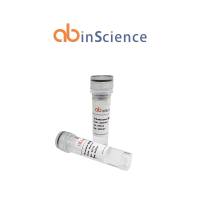Expression Analysis of Murine Genes Using In Situ Hybridization With Radioactive and Nonradioactively Labeled RNA Probes
互联网
互联网
相关产品推荐

Roche 4887301001 LightCycler 480 Probes Master 10x 5ml 探针法实时定量试剂盒
¥13200

Histone H3 Peptide, biotin conjugate, residues 21-44,This gene contains introns & its mRNA is polyadenylated, unlike most histone genes. The protein encoded is a replication-independent member of the histone H3 family.,阿拉丁
¥3283.90

全能型植物RNA提取试剂盒 (DNase I),阿拉丁
¥1197.90

Recombinant Murine minute virus/MVM NS1 Protein, N-His
¥1268
![四[N-邻苯二甲酰-(S)-叔亮氨酸基]二铑双(乙酸乙酯)加合物;154090-43-4;Elemental analysis(Nitrogen) 3.30 to 4.50 %;V66234-25mg](https://img1.dxycdn.com/p/s14/2025/1029/004/8672158669127143891.jpg!wh200)
四[N-邻苯二甲酰-(S)-叔亮氨酸基]二铑双(乙酸乙酯)加合物;154090-43-4;Elemental analysis(Nitrogen) 3.30 to 4.50 %;V66234-25mg
¥399
相关问答
推荐阅读
Gene Expression Analysis by In Situ Hybridization: Radioactive Probes
Quantitative In Situ Hybridization Using Radioactive Probes in the Study of Gene Expression in Heterocellular Systems
Semiquantitative In Situ Hybridization Using Radioactive Probes to Study Gene Expression in Motoneuron Populations

